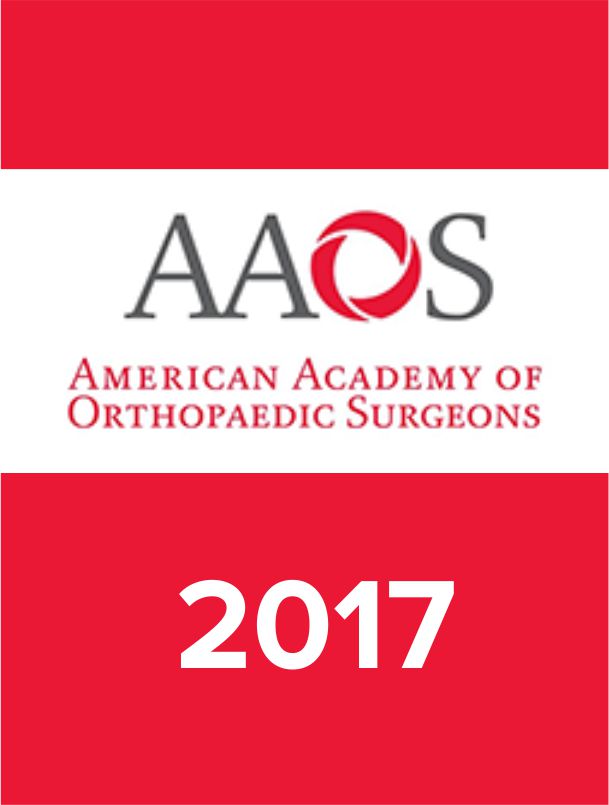
AAOS2017: ACB versus FNB in simultaneous bilateral total knee arthroplasty

AAOS2017: ACB versus FNB in simultaneous bilateral total knee arthroplasty
Adductor Canal Block versus Femoral Nerve Block in Patient Undergoing Same-day Bilateral Total Knee Arthroplasty: A Simultaneous Bilateral Randomized Study
Did you know you're eligible to earn 0.5 CME credits for reading this report? Click Here
CONFERENCE ACE REPORTS
This ACE Report is a summary of a conference presentation or abstract. The information provided has limited the ability to provide an accurate assessment of the risk of bias or the overall quality. Please interpret the results with caution as trials may be in progress and select results may have been presented.
Synopsis
50 patients scheduled for simultaneous bilateral total knee arthroplasty were randomized to one knee administered an adductor canal block, and the other knee administered a femoral nerve block. Patients were assessed at 6, 12, 24, 48, and 72 hours postoperatively for pain, the straight leg raise test, motor grade, and range of motion, as well as at 1-week follow-up for isometric quadriceps strengt...
To view the full content, login to your account,
or start your 30-day FREE Trial today.
FREE TRIAL
LOGIN
Forgot Password?
Explore some of our unlocked ACE Reports below!

Learn about our AI Driven
High Impact Search Feature
Our AI driven High Impact metric calculates the impact an article will have by considering both the publishing journal and the content of the article itself. Built using the latest advances in natural language processing, OE High Impact predicts an article’s future number of citations better than impact factor alone.
Continue



 LOGIN
LOGIN

Join the Conversation
Please Login or Join to leave comments.